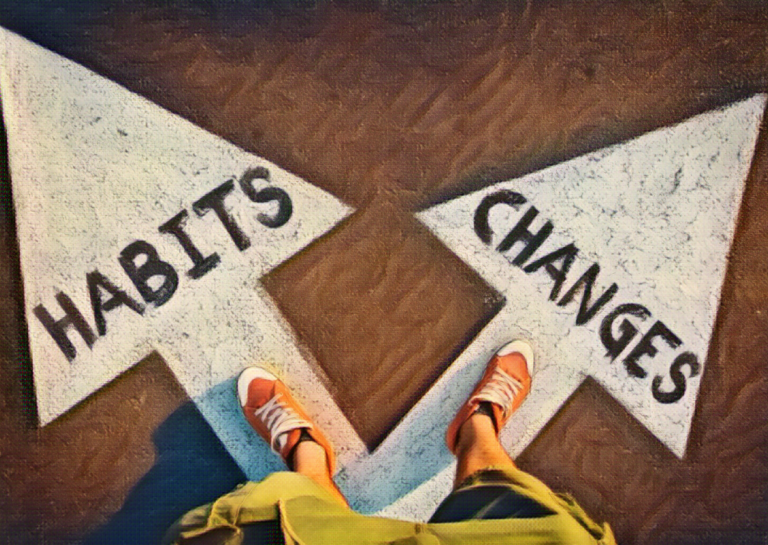The book The Addiction Inoculation: Raising Healthy Kids in a Culture of Dependence, explores how parents can raise addiction-free kids in a culture of dependence.
Table of contents
Raising Healthy Kids in a Culture of Dependence
Jessica Lahey offers valuable insight into the dangers of substance abuse. Guided by developmental science, her own personal struggle, and experience as a substance abuse coach, Lahey provides practical tips backed by research that will help parents raise addiction-free kids.
Why Do Kids Use Substances
Adverse Childhood Events, otherwise known as ACEs, are linked to the use of substances in children. Most minors who turn to substances say they’re a way of coping with life’s problems. ACEs like abuse, neglect, even separation, or divorce impact children’s psychological well-being, making them more prone to find comfort or relief through alcohol or drugs.
Of course, not everything is preventable. If there are adverse events that impact your child’s psychological well-being, Lahey recommends seeking external support for your child through something like counseling.
The Scientific Risks Behind Teenage Substance Use
The author actually explains some of the developmental science influencing teenagers’ decisions. There are structures in the brain known as the frontal and prefrontal cortex, and they play a considerable role in goal-setting, strategizing, and planning. But those parts of the brain aren’t fully developed until your mid-twenties, making teenagers highly susceptible to decisions based on emotion rather than logic.
The teenage years are when substance abuse will likely seem more attractive and be most damaging to their still immature brains. That’s why trying to cut back on risks like ACEs can be a helpful tool during their most susceptible years.
Equipping Teenagers to Resist Peer Pressure
Peer pressure isn’t something parents can control, so it can cause a lot of worrying. But Lahey does offer some practical advice for how to equip kids to resist peer pressure when they find themselves in those situations.
One, it’s important to provide perspective. Teenagers aren’t using the logical part of their brain as much as the emotional part, which can cloud their judgment and perspective. They’ll be more worried about fitting in than the repercussions of using substances, which is why Lahey says it’s important to let your kids know that while it may seem like everyone is doing it, that’s not the case. Letting them know that they’re not the only ones not turning to substances can help them look at things from a clearer perspective and be empowered to say no.
The other thing she advises parents to do is to provide scripts. This gives them something easy to rely on in intimidating peer pressure situations. It could look like having them say they can be the designated driver. If they’re not driving, they can say their parents test them for drugs and alcohol.
These different tactics give your kid tools to resist any peer pressure they may experience.
How to Have Difficult Conversations
Conversations play a crucial role in preventing substance use and abuse. Creating that kind of open dialogue that spans through the years can be challenging, but Lahey offers some sound advice.
Number one, she recommends not skipping family dinners at the table. It can be easy to sit down to eat in front of the tv, but family dinners are a great place to have meaningful discussions. Joseph Califano, founder of the National Center on Addiction and Substance Abuse, actually says that family dinner is an effective way at preventing all kinds of troublesome behavior, including drug and alcohol use.
Second, Lahey also recommends starting age-appropriate conversations around those tricky topics early, from elementary school and on if possible. And when you’re having those conversations, it’s important to focus on listening rather than proving you’re right. Taking the time to listen to your kid’s thoughts and opinions gives you the best opportunity to help them. It builds trust and keeps the dialogue open and productive which will make more of a difference than lectures on substance abuse ever will.
By starting conversations early and staying connected with your child, you help them feel comfortable raising any questions. It also gives you the insight to pick up on any warning signs about their attitude toward things like drug or alcohol use.
Preventative Measures Parents Can Take
Helping your kid develop a strong sense of self-efficacy can help them avoid addiction. The best substance abuse programs in schools focus on developing that sense of self-efficacy, but there are ways parents can reinforce that at home. This can be done by helping them learn new skills, and giving them specific praise after completing tasks highlighting what they did well.
Another common misconception when it comes to preventing substance abuse is that letting your child sip on alcohol at home will prevent them from using it recklessly later on – but that’s not the case. It doesn’t reduce the risk of irresponsible drinking. In many cases, it leads kids down a path toward becoming regular drinkers. Lahey recommends not trying to teach your kid to drink responsibly through the sipping method.
How to Discourage Underage Drinking
The author recommends parents help kids connect the dots about the natural consequences of drinking. So, if they do drink and experience nausea, a hangover, or other minor issues, it’s an opportunity to teach them that actions have consequences. By helping them understand the impact drinking can have, you help them understand that rules aren’t in place without good reason: they’re enforced to keep them from experiencing harmful consequences or outcomes. Lahey states that sometimes the best teacher is life itself.
Key Takeaways
Teenagers may be more susceptible to substance use, but it’s possible for parents to equip them with the tools and perspective they need to stay substance and addiction free.

